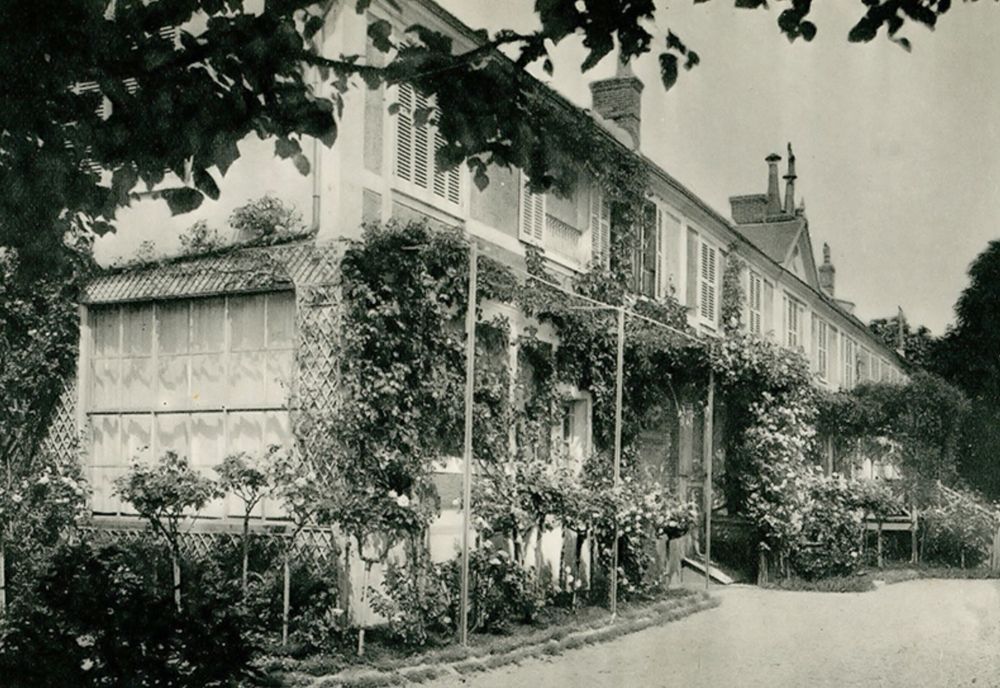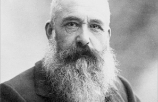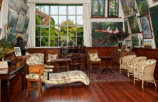Historique
Autumn 1890: Claude Monet buys his Giverny house!
Claude Monet finally became a home-owner soon after his 50th birthday. Let’s take a look behind the scenes of his purchase.

May 1883. Louis Joseph Singeot, a Giverny landowner, agreed to rent his house with green shutters and pink render to Claude Monet. Seven years later, that same farmer and winegrower decided to put the house up for sale. The Monet Hoschedé clan jumped at the opportunity without hesitation! Visionary art dealer and passionate defender of impressionist artists Paul Durand-Ruel was approached for financial assistance: “I must ask you for a significant amount of money, being on the cusp of purchasing the house where I live or having to leave Giverny, the loss of which I would feel keenly, certain of never again finding such a setting nor such a beautiful area,” wrote the artist to his benefactor.
The sale was finalised on 17 November 1890 in the offices of Maitre Grimpard, a notary in Vernon. The sale price was set at 20,000 francs, payable in four instalments on 1 November each year from 1891 onwards. What did that amount mean to Claude Monet at that time? Does the letter to Paul Durand-Ruel express his financial difficulties? It appears not. Remember that in 1889, the sale of just one of his paintings – ‘The Seine at Vétheuil’ – earned Claude Monet 7,900 francs! Since 1886, when Paul Durand-Ruel unlocked the American market for him, Claude Monet had enjoyed growing wealth. In addition, he would have no problem paying his future property instalments. Remember the profitable ‘15 Haystacks’ exhibition of 4 May 1891. “Soon after opening, everything had sold for three to four thousand each!” reported the artist Pissarro.
In addition to saying a lot about Claude Monet’s finances, this precious deed of sale provides information about the property’s exact condition in 1890. It describes “a single painting studio in the wing, on the western end of the main house.” In fact, it was not until 1897 that the artist converted his studio into a smoking lounge and built a second studio with a huge window.
By taking ownership of the house and land, Claude Monet could continue to shape his charming site to his taste. Soon, his garden would become one with his paintings. And Claude Monet’s destiny would forever be interwoven with that of Giverny.















